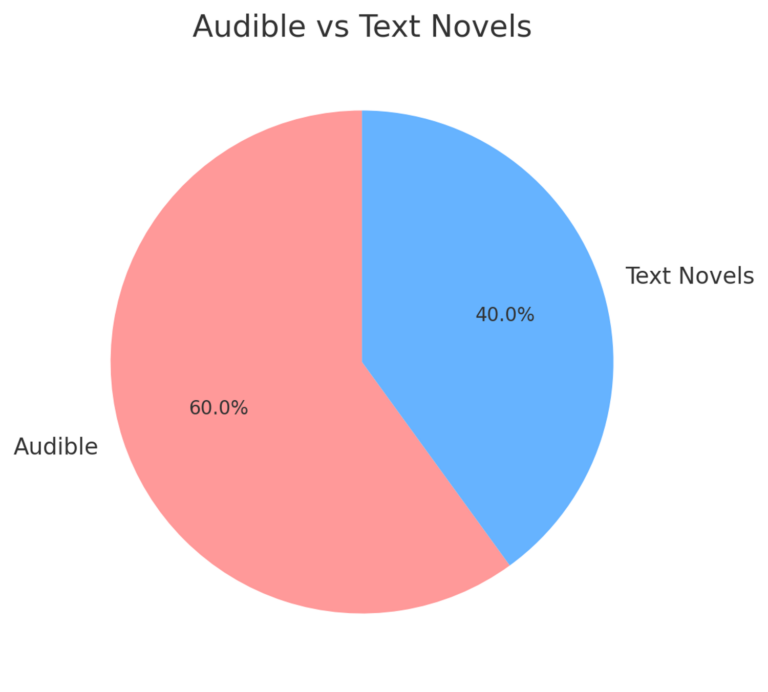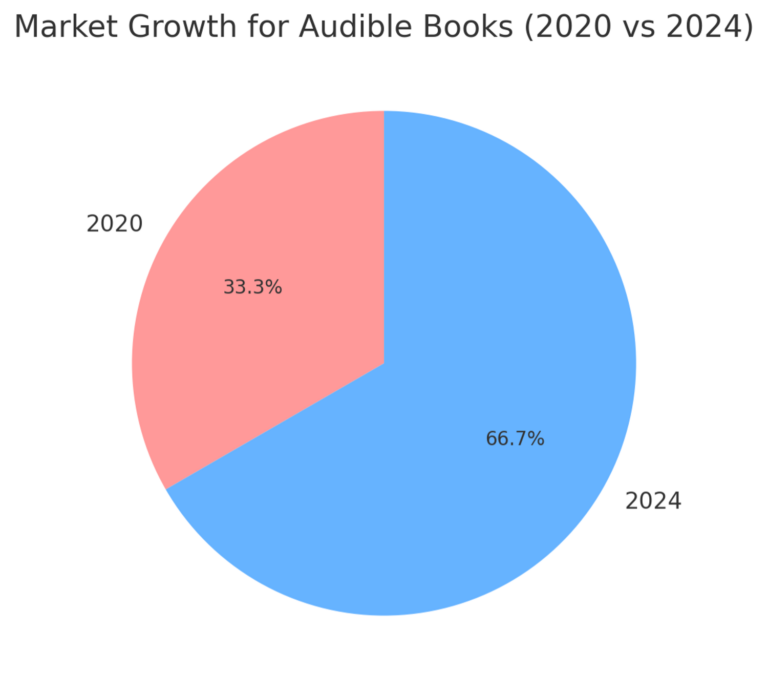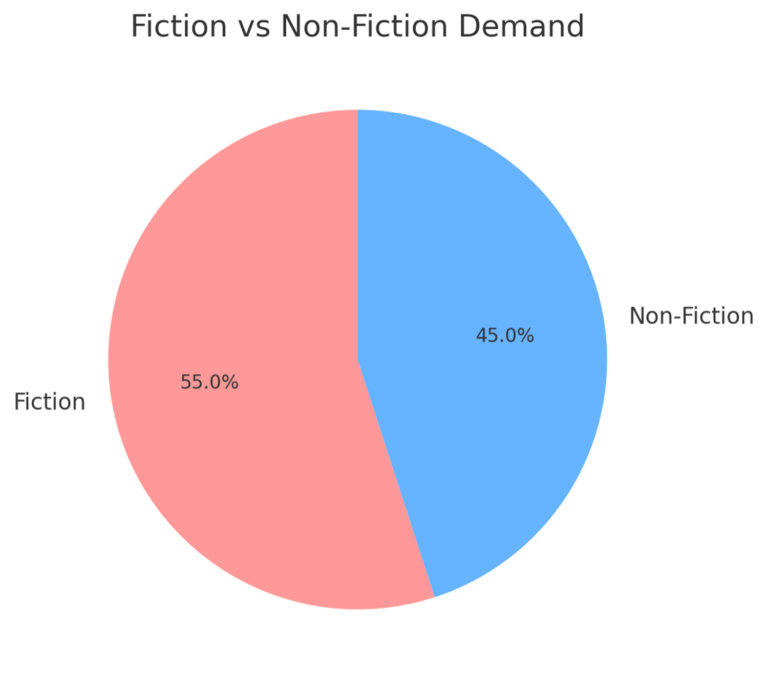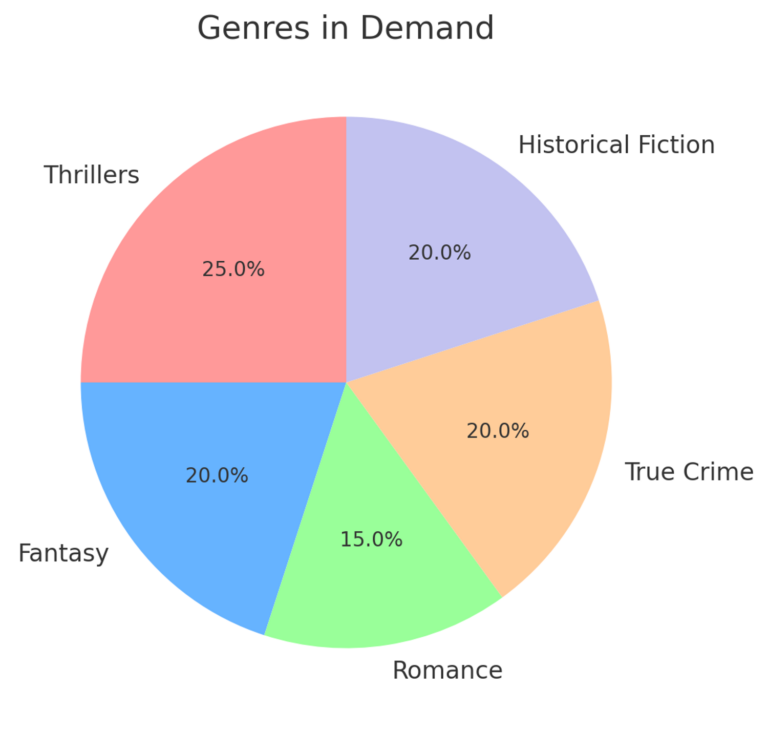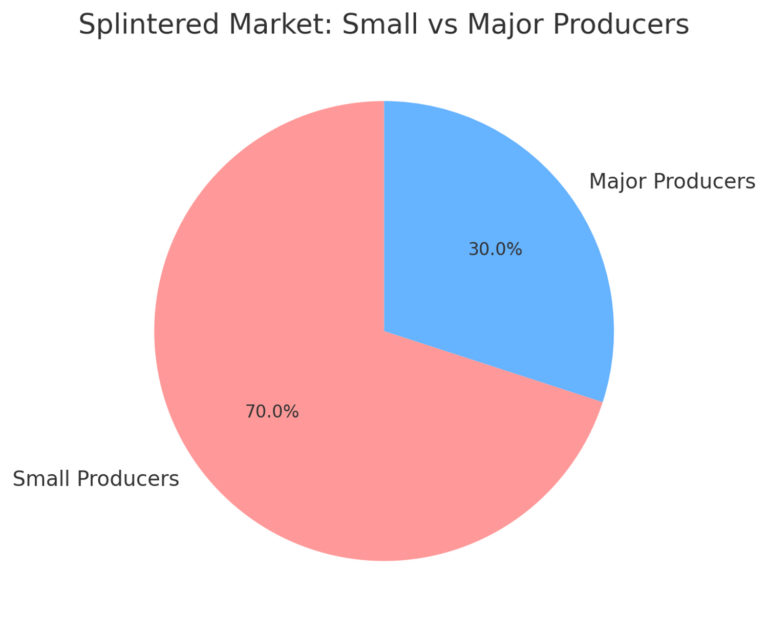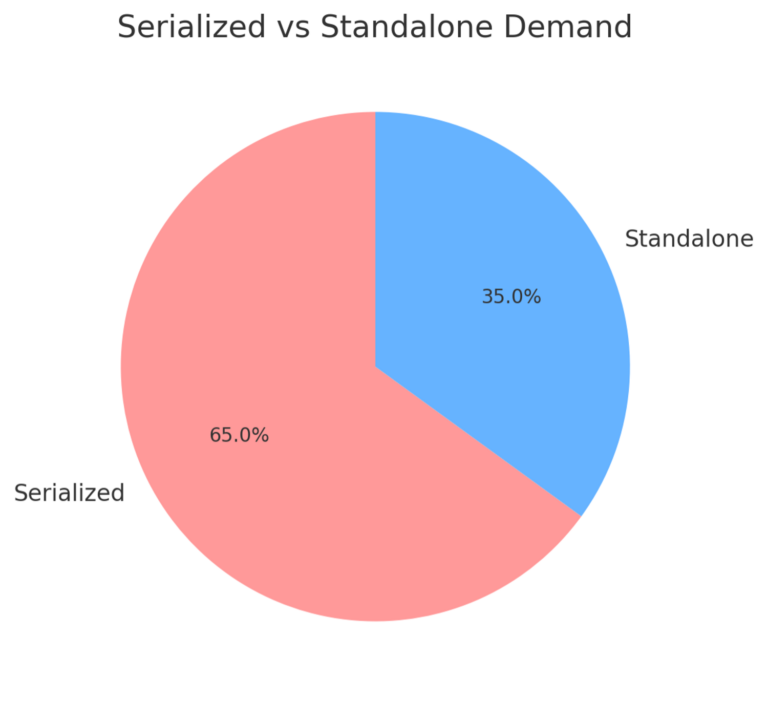What if Neo-Nazis hijacked America?
What if your family was blamed for it?
What if you decided to take on the Neo-Nazis?
What if you were only seventeen?
Ten reasons writers, capable of crafting readable novels, should be particularly interested in long-form stories:
1. Rich Character Development
Long-form stories allow for deep and multi-layered character arcs. For producers, this means creating memorable, relatable, and enduring characters that can drive multiple seasons or sequels. For writers, it’s an opportunity to explore your characters in depth, making them more engaging for readers and adaptable for screen.
2. Complex Plot Structures
A long format provides the canvas to weave intricate plots with subplots, twists, and expansive world-building, which captivate audiences over time. TV producers thrive on layered storytelling that keeps viewers coming back for more.
3. Expanding Fan Base
Long-form stories, whether in serialized TV or novels, build strong, invested fan communities. The extended format gives audiences time to connect with the story, characters, and themes, turning them into loyal followers.
4. Greater Revenue Potential
For producers, long-form stories can translate into multiple revenue streams—think sequels, spin-offs, merchandise, and licensing deals. For writers, longer works are often adapted into serialized formats, increasing earning opportunities through rights sales and adaptations.
5. Cultural Longevity
Long-form stories tend to stay in the cultural zeitgeist longer because of their scope and complexity. Think of epic sagas like Game of Thrones or multi-volume book series like Harry Potter—they dominate public discourse for years.
6. Enhanced Emotional Investment
The extended time frame of a long-form story creates a deeper emotional bond between the audience and the narrative. This connection ensures lasting impact and higher retention for producers and writers alike.
7. Opportunities for Creative Experimentation
The format allows exploration of themes, pacing, and innovative storytelling techniques. Writers can use different narrative styles or perspectives, and producers can experiment with episode structures and visual storytelling.
8. Franchise Potential
Long-form stories are the breeding ground for franchises. Whether it’s a TV universe like the Marvel Cinematic Universe or a series of interconnected novels, the format lays the groundwork for expansive storytelling across media.
9. Greater Opportunities for Collaboration
For producers, long-form projects involve larger teams, including writers, directors, and showrunners, which fosters creativity and innovation. Writers may collaborate with co-authors, editors, or screenwriters to expand their narratives into multimedia formats.
10. Adaptation-Ready Content
A well-constructed long-form story is often ripe for adaptation. Writers with novels can see their stories transformed into TV shows, mini-series, or film trilogies, while producers look for rich source material to attract diverse audiences across platforms.
Bonus Point
Staying Power and Legacy Long-form stories often leave a lasting legacy, becoming benchmarks of their genres. For producers and writers, this means a chance to make a mark that resonates with audiences for generations.
***************
In today’s market, many hardcover novels find their largest audience in digital formats, including eBooks and audiobooks. Digital accessibility, affordability, and convenience drive these sales. Platforms like Audible have hooked readers by offering immersive experiences with professional narration, allowing multitasking or “reading” on the go.
For instance, audiobooks like Where the Crawdads Sing achieved bestseller status through Audible’s reach, attracting readers who might not buy the physical book. Audiobooks are especially popular for thrillers and memoirs, where gripping storytelling and personal narration enhance engagement.
Writers earning one-time rights from studios or networks typically receive $5,000 to $50,000 for an option agreement, with high-profile authors or sought-after genres commanding six-figure deals.
The demand for thrillers, sci-fi, fantasy, and romance often drives competition. Gillian Flynn’s Gone Girl was optioned for a substantial amount due to its bestseller status and gripping psychological plot. Similarly, Andy Weir’s The Martian became a blockbuster after its rights were purchased, proving sci-fi’s lucrative appeal. Romance, a steady seller, has seen success with Bridgerton, adapted into a Netflix phenomenon.
Genres like true crime and historical fiction also thrive, with examples like Mindhunter and Outlander. Studios covet adaptable stories, and digital consumption broadens an author’s audience, fueling sustained demand.
In today’s market, many hardcover novels find their largest audience in digital formats, including eBooks and audiobooks. Digital accessibility, affordability, and convenience drive these sales. Platforms like Audible have hooked readers by offering immersive experiences with professional narration, allowing multitasking or “reading” on the go. For instance, audiobooks like Where the Crawdads Sing achieved bestseller status through Audible’s reach, attracting readers who might not buy the physical book. Audiobooks are especially popular for thrillers and memoirs, where gripping storytelling and personal narration enhance engagement.
Writers earning one-time rights from studios or networks typically receive $5,000 to $50,000 for an option agreement, with high-profile authors or sought-after genres commanding six-figure deals. The demand for thrillers, sci-fi, fantasy, and romance often drives competition. Gillian Flynn’s Gone Girl was optioned for a substantial amount due to its bestseller status and gripping psychological plot. Similarly, Andy Weir’s The Martian became a blockbuster after its rights were purchased, proving sci-fi’s lucrative appeal. Romance, a steady seller, has seen success with Bridgerton, adapted into a Netflix phenomenon.
Genres like true crime and historical fiction also thrive, with examples like Mindhunter and Outlander. Studios covet adaptable stories, and digital consumption broadens an author’s audience, fueling sustained demand.
Above are six pie charts reflecting various aspects of the market:
- Audible vs Text Novels: Audible books make up 60% of the market, surpassing traditional text novels at 40%.
- Market Growth for Audible Books: Audible has doubled its market share from 30% in 2020 to 60% in 2024.
- Fiction vs Non-Fiction Demand: Fiction dominates slightly with 55% compared to 45% for non-fiction.
- Genres in Demand: Thrillers (25%) and Fantasy (20%) lead, followed by True Crime, Historical Fiction, and Romance.
- Splintered Market: Small producers account for 70% of content creation compared to 30% by major producers.
- Serialized vs Standalone: Serialized content commands 65% of the market, while standalone works hold 35%.
These insights highlight the dynamic nature of the storytelling industry and its growing segments.
